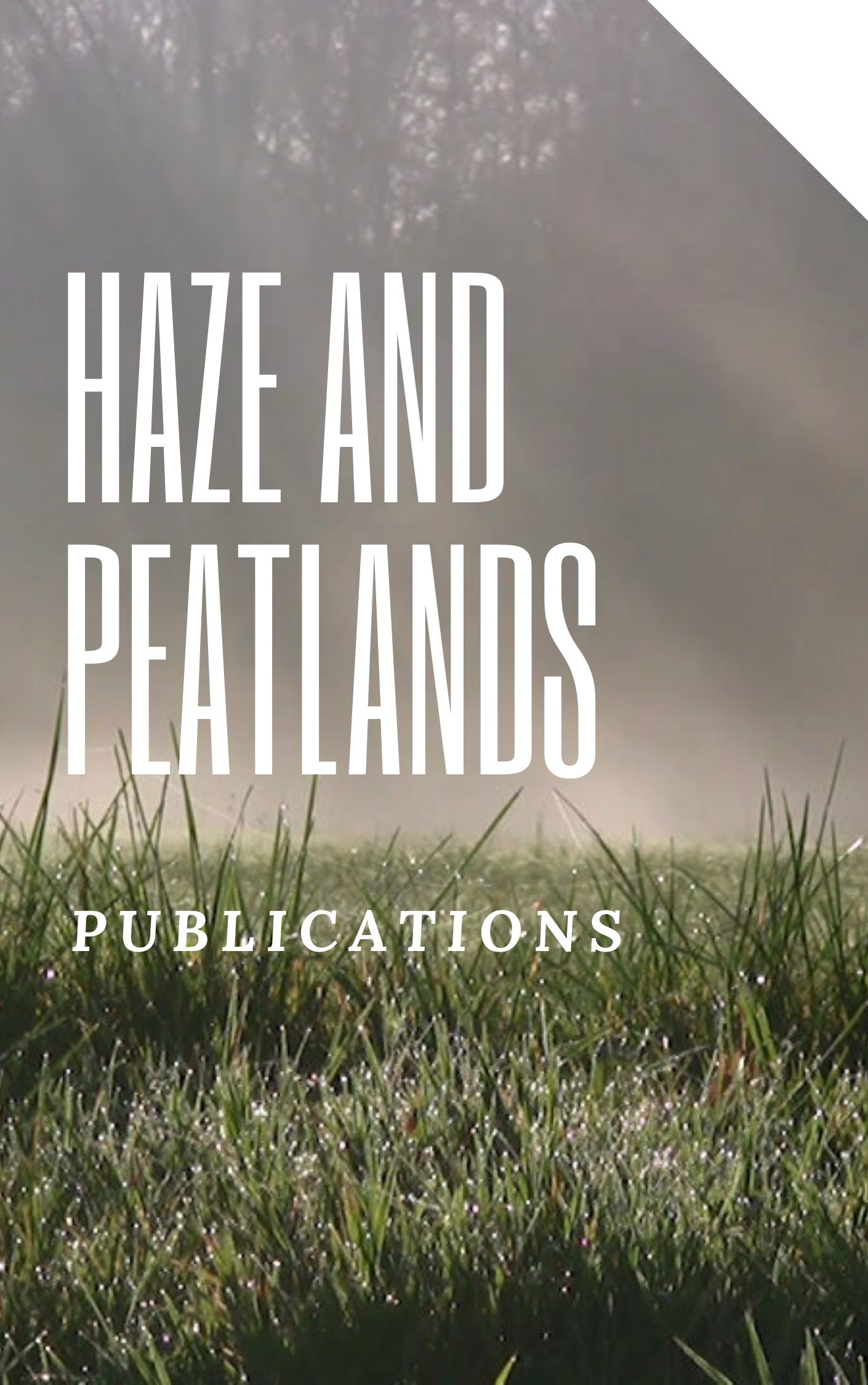Understanding the drivers of large-scale vegetation change is critical to managing landscapes and key to predicting how projected climate and land use changes will affect regional vegetation patterns. This study aimed to improve our understanding of the role, magnitude, and spatial distribution of the key environmental and socioeconomic factors driving vegetation change in a southern African savanna. This research was conducted across the Kwando, Okavango and Zambezi catchments of southern Africa (Angola, Namibia, Botswana and Zambia) and explored vegetation cover change across the region from 2001–2010. A novel coupled analysis was applied to model the dynamic biophysical factors then to determine the discrete / social drivers of spatial heterogeneity on vegetation. Previous research applied Dynamic Factor Analysis (DFA), a multivariate times series dimension reduction technique, to ten years of monthly remotely sensed vegetation data (MODIS-derived normalized difference vegetation index, NDVI), and a suite of time-series (monthly) environmental covariates: precipitation, mean, minimum and maximum air temperature, soil moisture, relative humidity, fire and potential evapotranspiration. This initial research was performed at a regional scale to develop meso-scale models explaining mean regional NDVI patterns. The regional DFA predictions were compared to the fine-scale MODIS time series using Kendall’s Tau and Sen’s Slope to identify pixels where the DFA model we had developed, under or over predicted NDVI. Once identified, a Random Forest (RF) analysis using a series of static social and physical variables was applied to explain these remaining areas of under- and over- prediction to fully explore the drivers of heterogeneity in this savanna system. The RF analysis revealed the importance of protected areas, elevation, soil type, locations of higher population, roads, and settlements, in explaining fine scale differences in vegetation biomass. While the previously applied DFA generated a model of environmental variables driving NDVI, the RF work developed here highlighted human influences dominating that signal. The combined DFRFA model approach explains almost 90% of the variance in NDVI across this landscape from 2001–2010. Our methodology presents a unique coupling of dynamic and static factor analyses, yielding novel insights into savanna heterogeneity, and providing a tool of great potential for researchers and managers alike.
View source
Keyword(s)
Sciences: Comprehensive Works, Grasslands, Conservation science, Biophysics, Machine learning, Africa, Seasons, Forests, Factor analysis, Protected areas, Soil moisture, Social factors, Soil temperature, Air temperature, Evapotranspiration, Land use, Arid environments, Human influences, Climate change, Vegetation patterns, Heterogeneity, Regional development, Socioeconomic data, Productivity, Spatial distribution, Mesoscale phenomena, Classification, Socioeconomics, Biological diversity, Arid regions, Relative humidity, Scale models, Settling, Catchments, Trends, Remote sensing, Environmental changes, Socio-economic aspects, Vegetation cover, Ecosystems, Soil settlement, Vegetation, Rainfall, Land use management, Vegetative index, Spatial heterogeneity, MODIS, Semiarid lands, Semi arid areas, Predictions, Time series, Landscape, Vietnam, United States--US, Florida, Michigan

